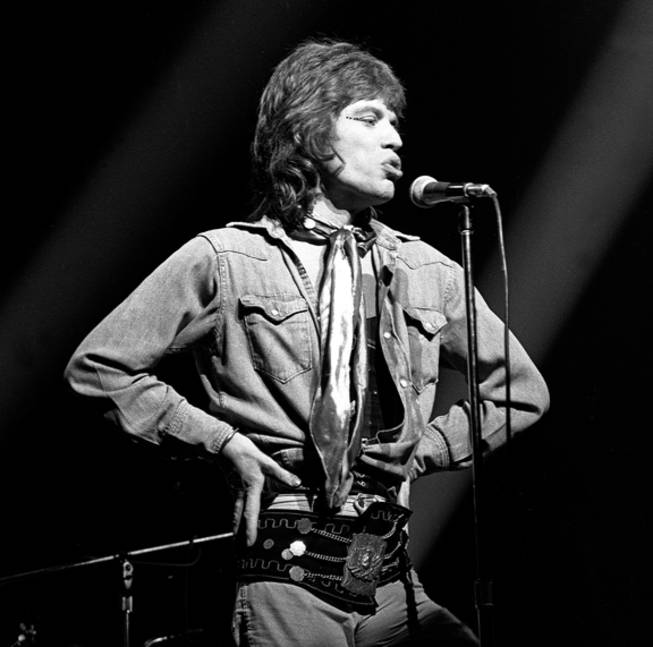
Robert Knight
The Rolling Stones’ Mick Jagger
Thursday, Nov. 17, 2011 | midnight
Robert Knight was a teenager living in his parents’ church in Hawaii when he stumbled onto the music magazines that would send him on his life’s quest. “I found these magazines that a tourist had left behind in the street in Honolulu, and they had these pictures of bands in them—The Kinks and The Who and the Stones and The Beatles. I looked at the fashion and the hair and the instruments, and I had no idea what it was all about. But I had to find out.”
For the past 43 years, Knight has been doing just that, from one of the best seats in rock ’n’ roll. He has photographed giants like Jimi Hendrix, Led Zeppelin and Stevie Ray Vaughan and helped shine a light on up-and-coming talents. Knight’s story was the subject of the 2009 documentary, Rock Prophecies, and his images are showcased in the book Rock Gods: Forty Years of Rock Photography.
Knight and his wife, Maryanne Bilham, herself an accomplished music photographer, moved to Las Vegas six years ago, and their combined work can be viewed in the windows of Guitar Center’s 200-plus U.S. locations.
The Weekly visited Knight at his home this week, to browse through his vast catalog and hear about some of his most fascinating experiences.
How did finding those magazines turn into a career as a rock photographer?
I went to London, and while I was there they were making this movie, Blowup, about a rock photographer shooting The Yardbirds. A bell went off in my head—I said this is what I’m gonna do.
I went back to Hawaii and caddied at Oahu Country Club. I would carry all four bags so I could get the maximum tip, two 18-hole rounds a day. I got the money and bought a Nikon camera and lenses.
And then you enrolled in art school?
My parents were putting pressure on me to go to college, and the Vietnam War was putting pressure on me to get a college deferment. I happened to read that in the summer of ’68 Bill Graham had booked all these bands that I wanted to shoot in San Francisco. So I convinced my parents that I needed to go to the San Francisco Art Institute for photography, not based on the curriculum but because of everybody playing nearby. I stayed in school for six months, and then went back to Hawaii to shoot Led Zeppelin there.
Looking at your walls, I see Miles Davis, Jim Morrison, Brian Jones, Slash ... Is there anyone you regret not having shot?
There are a few people I’ve never photographed, just because fate has never put me in the same room at the same time as them: Pete Townshend. Randy Rhoads.
You could still get Townshend.
Yeah, but I got all these people when it counted. A lot of photographers are still out trying to shoot The Who or The Rolling Stones. I shot the Stones when it was still outrageous.
When I was showing attention to these bands there weren’t a lot of rock photographers, and there wasn’t a lot of interest. Now there’s 60 guys in the pit, and everybody’s getting the same picture.
Digital photography has basically made everyone a photographer. When I was a photographer, you had to develop your own film, you had to make your own prints, you didn’t have instant playback—it took up to a week sometimes before you saw what you shot at a concert. Either you got it right or you didn’t get it. Now there’s Photoshop and a three- or four-stop latitude. You could give a camera to a monkey and it could get a picture.
In Rock Prophecies you say that you care what your subjects think. Why?
Beyond the Weekly
- To see more of Robert Knight’s portfolio
- and order prints of his work, visit
- RobertMKnight.net
It’s a respect thing. I always ask before I take a picture. Whenever I’m around Tommy Lee or any of these people who hit photographers, I always say, “Tommy do you remember who I am?” “Yes Robert?” “Is it okay if I take pictures?” “Yes.” I never assume.
And also, if I want to do more intimate shoots with these artists, I can’t be perceived as a red carpet photographer. If Jeff Beck saw me working a red carpet, he’d never feel comfortable with me at his house.
What gets you excited about your job these days?
My role is changing now. It has to. There are so many photographers, and it’s become very difficult to shoot in the venues. You have a three-song limit and you have contracts and all this nonsense. So my role now is to be more of a discoverer and a manager and a videographer. When I find young bands I have no restrictions. They want the publicity.
I was just in England, and I had four of the hottest young guitar players come in, and then this band in Ireland, which I spent three days filming and documenting. To say I’m a photographer now would be limiting.
Knight looks back on some of the musicians who have shaped his career—and his life.
JEFF BECK“When I was a kid I was obsessed with The Yardbirds with Jeff Beck and Jimmy Page playing guitar, and the very first rock concert I ever photographed was a Jeff Beck show. I was living in Hawaii, trying to figure out how to get out of this place and meet the top British rock stars. Then I went to London and ended up shooting them all. Within two months I had worked with Jeff Beck, Jimi Hendrix, Led Zeppelin, Cream. And when you have that kind of portfolio it doesn’t take a lot of persuading to get other people to want to work with you.”
JIMI HENDRIX “The first time I shot Jimi Hendrix—at Winterland in 1968—I only snapped 14 frames. For me, as a kid, photography was expensive, for even just one roll of film and processing. The irony is that all 14 photos were just used for Hendrix’s new Winterland box set.
There was no model for what a rock photographer was back then. I walked in and everybody got out of my way because I was holding a camera. There were no backstage passes or three-song limits. They were just happy to see you because you took an interest.”
LED ZEPPELIN “I convinced Jann Wenner to send me to LA for the debut of The New Yardbirds in January 1969. But I wasn’t old enough to get in. You had to be 21 to get into the Whisky A Go Go, and I was 18. So I said, ‘I’m with Rolling Stone, I’m shooting the band tonight,’ and they called Jimmy Page and he said, ‘Bring him to the hotel.’ So I ended up spending the day with The New Yardbirds ... who were calling themselves Led Zeppelin by them.
I couldn’t touch the floor of the venue because I wasn’t old enough, so I had to stay on the stage to shoot. And I was so blown away I called a promoter I knew in Hawaii, and I said, ‘Book this band!’ He did, and he sent me to the Honolulu airport to pick them up. I have pictures of Led Zeppelin getting off the plane with the audio tapes of Led Zeppelin II in their arms. It’s become quite the famous shot.”
STEVIE RAY VAUGHAN “I met Stevie through Jeff Beck and we hit it off immediately. We developed a really strong bond over the music and the people I’d shot, like Hendrix—Stevie would ask me a million questions about Hendrix.
I flew to Wisconsin … it was gonna be a shoot with Stevie and his brother and Eric Clapton and Robert Cray for Fender. Eric forgot he was doing it and got there just before the gig, so they said, ‘Robert just sit here today while the press photographers shoot. You’ll be the only guy shooting tomorrow.’ So Stevie and I hung out all day. And Stevie started talking to me about life and death. He started saying, ‘I don’t think I have much longer to live.’ It was really bizarre.
The next day I got so many thousands of pictures. … And then Eric says, ‘We’ve got a spot in the helicopter. Does anybody wanna go back early?’ And Stevie says, ‘I’ll go.’ … The next morning the alarm went off with a news bulletin that Eric Clapton had died in a helicopter crash. So I rang Stevie’s hotel room in Chicago, and Stevie’s manager’s son answered the phone, and I said, ‘Eric died?’ And he said, ‘No, Robert, it was Stevie.’
All of a sudden I was inundated with people who wanted the photos from that night. And I decided, no, he was my friend, and I didn’t let ’em out for two years.”
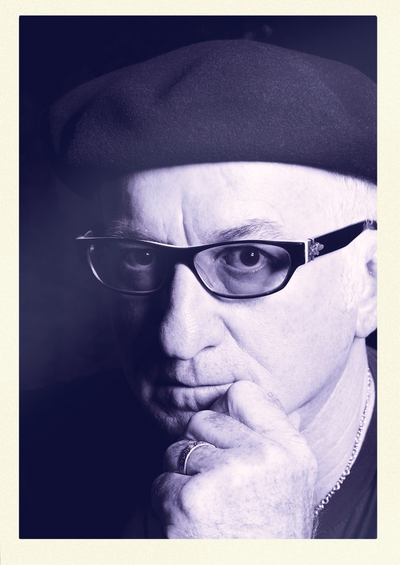
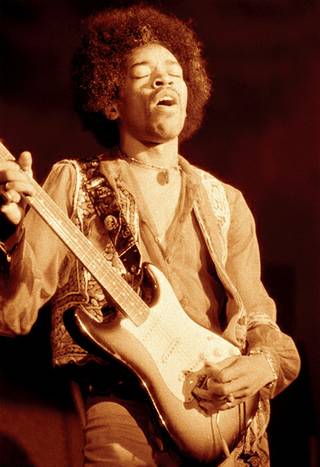
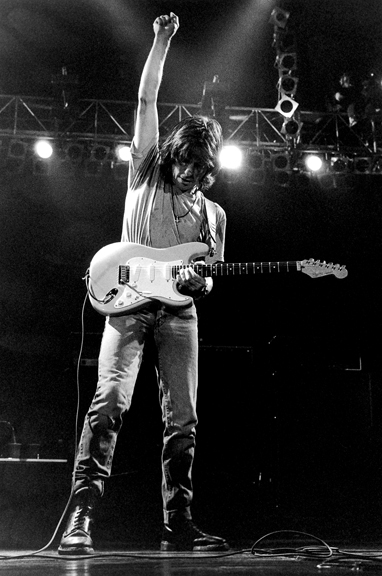
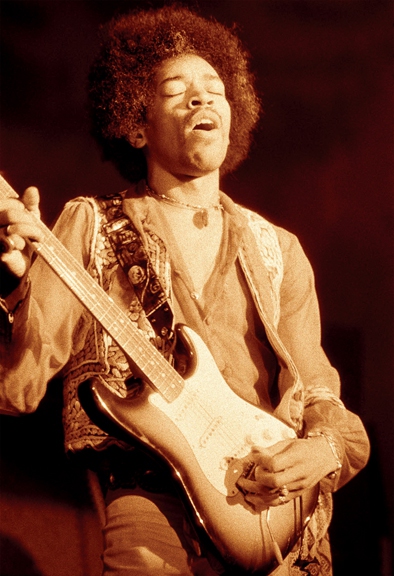
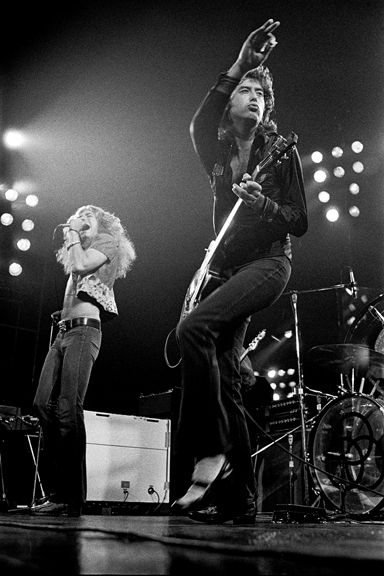
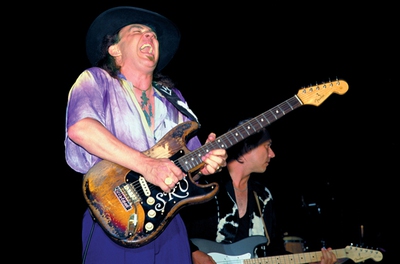

Join the Discussion:
Check this out for a full explanation of our conversion to the LiveFyre commenting system and instructions on how to sign up for an account.
Full comments policy